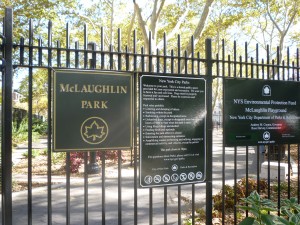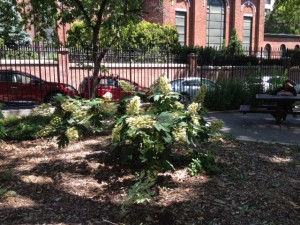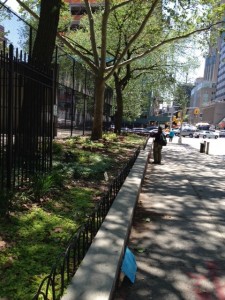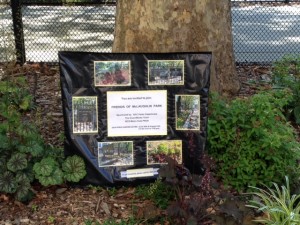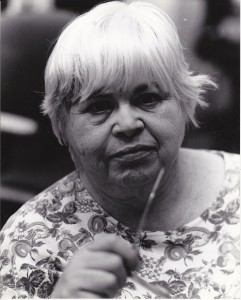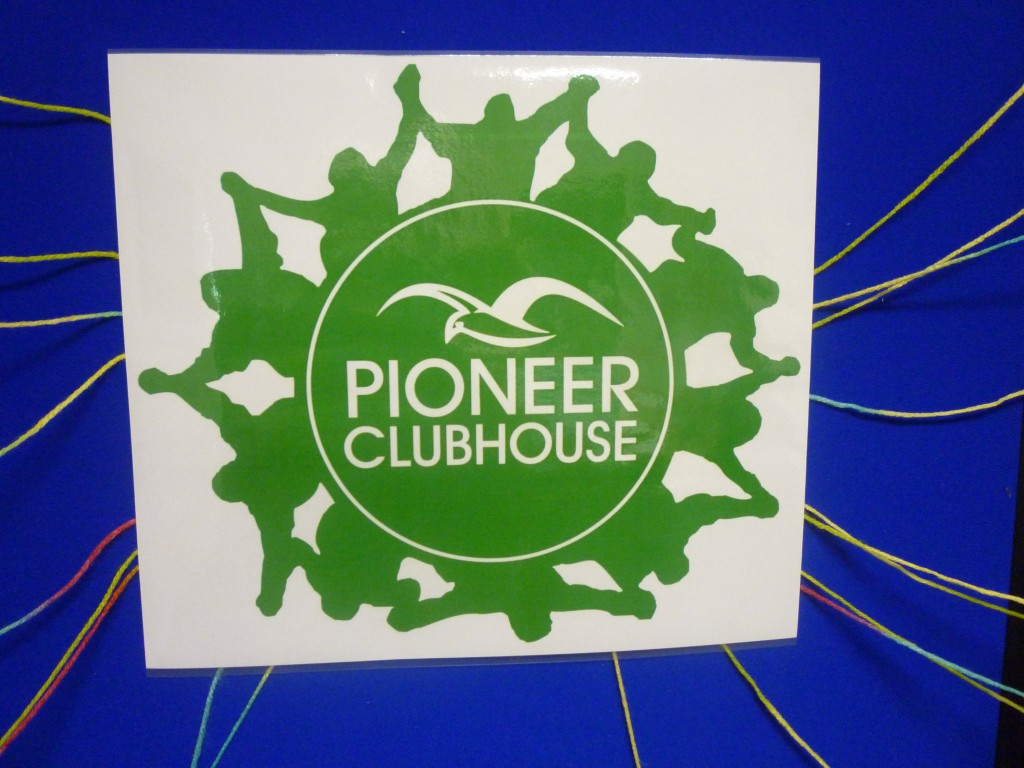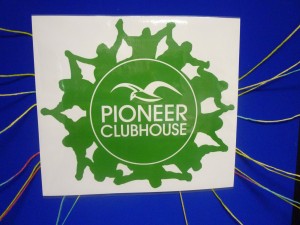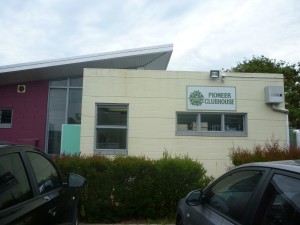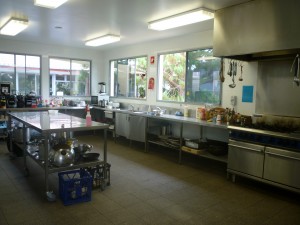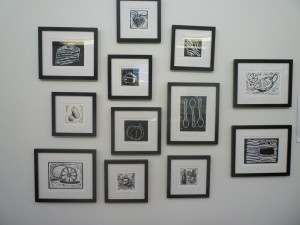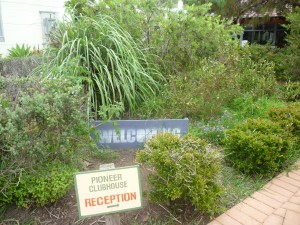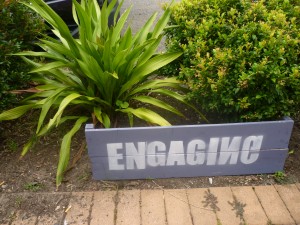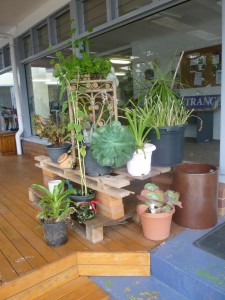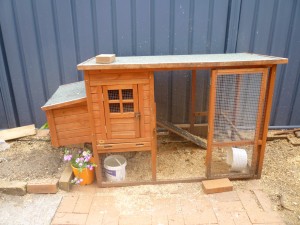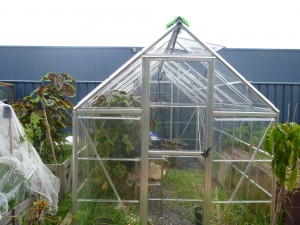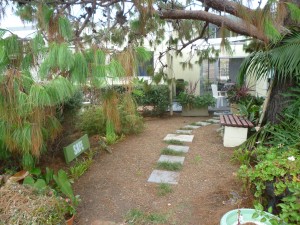In 2014 TandC Associates (TCA) announced the addition of Horticultural Therapy to our consultation services. This year, we have the distinct pleasure of combining our extensive experience in psychosocial rehabilitation with the practice of horticultural therapy as consultants to a beautification park program in Brooklyn, initiated by Horticultural Therapist and co-founder of The GreenWorks Team, Joyce Jed. In 2012, Joyce and another colleague set up their not-for-profit, which can be accessed at www.TheGreenWorksTeam.org for complete details of their projects. In 2014, Joyce established this Horticultural Therapy program, working with some members of a clubhouse-like program, BCS Metro Club PROS (located at 25 Chapel Street in downtown Brooklyn) beautifying the garden of McLaughlin Park, facing Jay Street, between Tillary Street and Cathedral Place.
Photo by: C. Malamud
In October of 2015, Joyce contacted Gwenn Fried, the manager of Horticultural Therapy Services Department (HTSD) at New York University Langone Medical Center — Rusk Rehabilitation, to inquire whether she knew of a horticultural therapy intern who might be interested in working with the project. Gwenn turned to this TCA partner interning at HTSD and asked whether I might be interested. This opportunity has turned into a natural progression, combining my extensive psychosocial rehab background with my HT training over the past four years.
TCA is pleased to announce that as of May of this year, we began providing consultation services in HT and community development. Sponsorship for The GreenWorks Team project at McLaughlin Park has come from both the NYC Parks Department in the form of plants, mulch, compost and access to secure locker space in McLaughlin Park, and the Partnership for Parks Foundation for staffing allotments. A caveat of the Partnership for Parks affiliation involves progressive garden activities each year. In 2014, the first year, was devoted to creating the garden project at McLaughlin Park with volunteers from the community who are members of BCS Metro Club PROS. The second year (2015), The GreenWorks Team obtained a grant for staffing to develop member Team Leaders. For 2016 (this year) for a consultant to facilitate member Team Leaders’ engaging community involvement in McLaughlin Park by joining Friends of McLaughlin Park. – in order for this beautification of the park to become self-sustaining.
Starting May 9th, 2016 every Thursday, this TCA partner conducts a 45-minute seminar with members of Metro Club, prior to then walking the short block to McLaughlin Park. Each week, the seminars cover community development how-to’s, ranging from designing a banner to place in the Park, writing blurbs for a flyer, composing e-mails to invite community volunteers who have indicated their interest in the garden when walking by; conducting role-plays of telephone inquiries as to whether targeted individuals in the community might attend a Friends-of-McLaughlin Park (FoMP) organizational meeting, writing thank-you notes to people who respond to our invitations, etc. – all with input from the members every step of the way. After the seminar, and for the next two hours, members learn about new plants, with both Joyce’s and my demonstrating the proper planting procedures. We then distribute the new plants in the garden, with members’ decisions regarding their preferences for which flowers and plants to put next to existing garden layout and making sure adequate light will be available. Next, member team leaders are paired with new members for planting and caring for the garden in general. At the end of the gardening activities, members spontaneously share comments about the pleasures of working side-by-side in the garden. One member was amazed to see an Oak Leaf Hydrangea he planted last year had not only survived the winter, but was now bearing enormous white cone shaped flowers. “It makes me feel so good to see my plant in bloom!” he stated.
Photo by: C. Malamud
Throughout the week, Joyce and I also discuss plans in person and by phone, as well as working independently. She, for example, through her affiliation with the Brooklyn Botanic Garden and the Parks Department has obtained generous donations of plants. In addition, this year, BCS Metro Club PROS has also contributed funds underwriting the costs of new plants to be planted in the McLaughlin Park gardens. Joyce has forged a great deal of community good will at her local nursery, where she purchases and loads up her car with weekly batches of new plants (Coral Bells, Ajuga, Liriope, Black-Eyed Susan’s, Coleus, Caladium, to name some).
I also work independently on creating the flyers and banner based on the member input, and design the weekly psychoeducational seminars designed for out-reach and generalizability for members’ community living skills such as the appropriate way to write Con Ed or cell phone service about a discrepancy in the bill. In addition, I conduct walkabout community outreach, dropping by offices of local business, where potential Friends of McLaughlin Park might be contacted, either directly or indirectly by leaving our flyer on display. Some of the sites I visited are St. James Church, the church next to the park; Concord Village, a 7-unit residential development with its own landscaped courtyard; CUNY – Tech; and NYU/PolyTech School of Engineering. Everywhere I have make contact, I was received cordially and everyone promised to circulate our flyer.
Photo by: C. Malamud
On Thursday, July 7th, after our seminar and role plays about introducing ourselves to the public while working in McLaughlin Park, two of the new member volunteers accompanied me on a community education and development activity, visiting the NYC Transit Department, located in the same building as Metro Club. All three of us were wearing our Parks Department t-shirts provided by the Partnership for Parks Foundation, and were received pleasantly by one of the NYTA officers at the front desk. Afterwards, when outside the building, I debriefed both members, who were pleasantly surprised by how positively we were received.
Our next stop was directly across Jay Street, at the Concord Village apartment complex, which has its own landscaped gardens. The doorman recognized me and waved us through to the office of the building Maintenance Office Manager. As she saw us enter the office, she called out: “Be right there!” and cordially greeted me and the two members, who introduced themselves. This time both members participated in the conversation, introducing themselves to the Manager before I inquired whether anyone from the Garden Committee for the complex might be interested in coming to see us working in McLaughlin Park now that we were having Open Garden Days every Thursday from 10:00 am to 1:00 pm. The manager was surprised that we hadn’t heard from the committee leader, who had seen our flyer in her building’s mailbox area even before the manager forwarded it to her attention. The manager then promised to extend our invitation to the tenants’ committee. After we completed our visits, I debriefed both of the members, who were very proud of their ability to speak out about why they wanted to invite community residents to join the FoMP. The members commented: “They were so nice to us! I never knew I could speak up like that but when talking about the garden it was easy!”
As the goal of creating FoMP is to become a self-sustaining garden activity, all of us – The Partnership for Parks Foundation, the members of BCS Metro Club PROS, The GreenWorks Team and TCA – will continue to reach out to community resources to invite them to join.
Photo by: C. Malamud
As always, we at TCA invite readership comments and feedback at either the URL below, or directed to
tandcassociates@gmail.com
We will review your comments and share them when possible.
